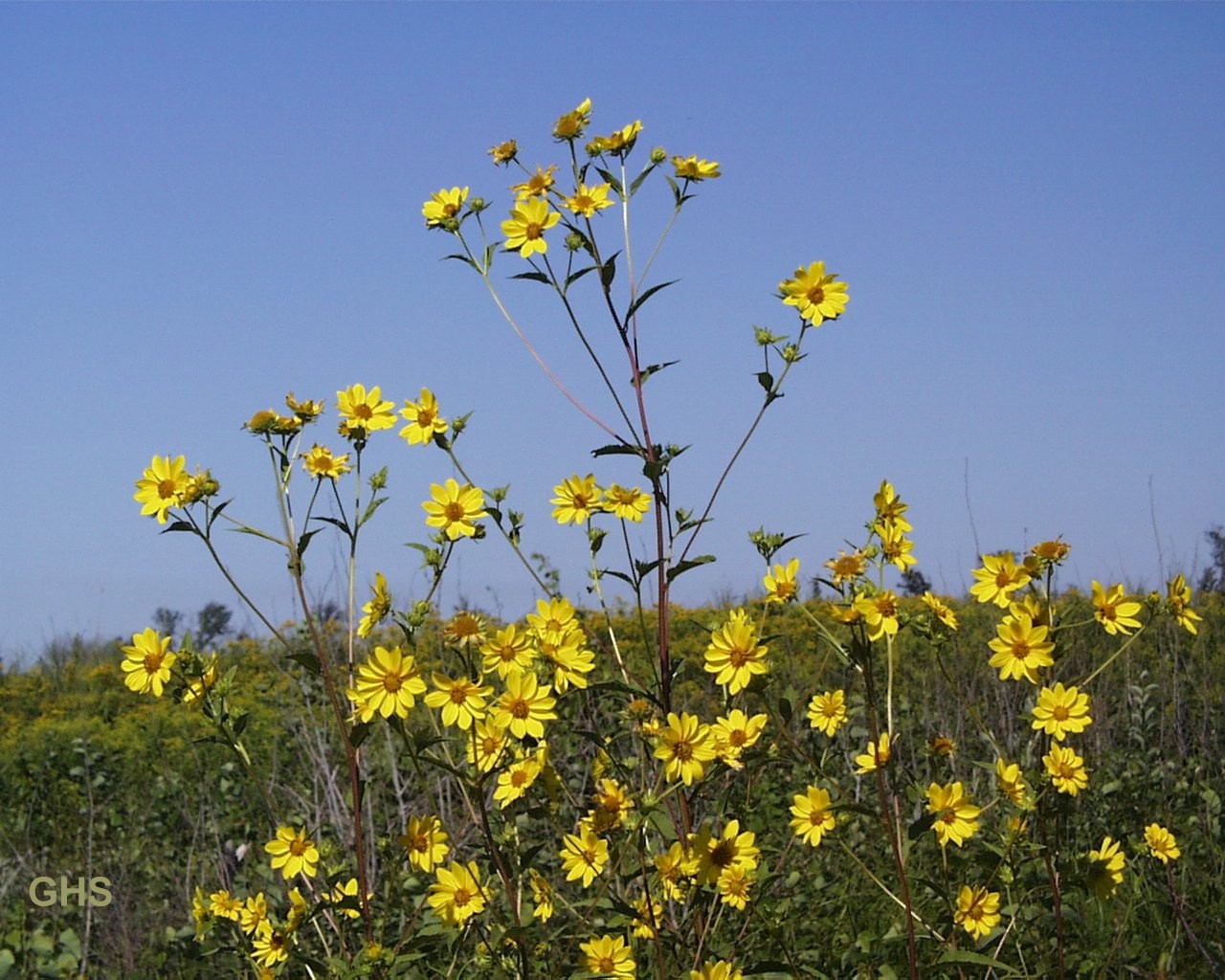Plant of the day is: Parolinia sp. or "the ladies of"
Have to make use of a bit of summer free time with something fun and worth sharing! I've been very lucky to grow a significant amount of material from the Canary islands this last year. An important part of the world to focus on due to the high endemism and several IUCN listed plants in various degrees of endangerment.
Taking a slight detour to describe an entire genus because I've also been lucky enough to receive seed and have very good germination from 5 of the 6 total species in the genus. I should probably start digging into how to differentiate them, with all of them growing together in the same spot eh? Sadly I'm missing P. intermedia, a shame. "I would've liked to have had the set"
My seedlings about 1.5 months after sowing. Photo Credit: Justin Lee
Taxonomy, etc.: Lets start with the common name first. Since I'm doing multiple ones I thought I might just have to leave that blank. Turns out there is a bit of a system to their common names. I'll put the translations of a few species below.
Parolinia ornata: "dama de Gran Canaria" - lady of Gran Canaria
Parolinia platypetala: "dama de Guayadeque" - lady of Guayadeque
Parolina glabriuscula: "dama de Bandama" - lady of Bandama
Parolinia filifolia: "dama fina" - fine lady
Parolinia intermedia: "dama de Tenerife" - lady of Tenerife
The genus was first described in 1840 by Philip Barker-Webb, an English botanist born into a wealthy family. He later collected plants in Italy, Spain, and Portugal and was the first to collect in the Tetuan Mountains of Morocco. He also spent quite a bit of time at the Canary Islands. He spent about 20 years compiling the L'Histoire Naturelle des Iles Canaries. His herbarium is now found at the Museo di Storia Naturale di Firenze in Florence, Italy. Adding that stop to my list!
Just going to dip into more taxonomy/morphology briefly. It is a member of the large Brassicaceae family and is distinguished by its fruits which are siliques. What is that you (and I) ask? Let me Wiki that for us. Apparently the requirement is that the fruit has to be more than three times the width, otherwise it is a silicle. Now we know. Also, these siliques have a pair of horns on them, pretty rad. Leaves are whole and very greyish/silvery. Honestly, even at the mature stages of their growth (which happens in under about 4-5 months in cultivation by the way) they are very difficult to tell apart.
For more detail into identification of individual species you'll need to check out the floradecanaris website. They are about the only one that writes much about them online.

Photo Credit: James Steakley (CC BY-SA 3.0)
Culture: I'm not going to spend a whole lot of time on morphology because you can get a pretty clear idea from the photo above. I'll try to update with a photo of my larger plants now. They are around 60cm in height now. Really coming along. They germinate fairly easily, I did germinate them in a very well drained mix on mist. Roots are VERY fine and fragile. I was VERY careful in transplanting them. Root development is very strongly down oriented and a deep container is beneficial. WELL DRAINED and don't over water. They will, thankfully, visibly show wilt when dry and then bounce back readily when watered. Nutrient requirements are very low, I fertilize very little, once every 2 weeks with liquid fertilizer. A low analysis slow release fertilizer would likely work well. Full sun (obviously! just look at those grey leaves). No major pest problems that I've noted, even when situated around aphids and mites. All in all a great and easy plant to grow. They seem to have shut down growth in our 35C+ summers here in Saint Louis but they still look visibly healthy.
Parolinia glabriuscula (showing "horned" fruit)
Photo Credit: Krzysztof Ziarnek, Kenraiz (CC BY-SA 4.0)
The real take away from culture here is that they are relatively easy to grow, QUITE endangered, and we should be growing them across the world to guard genetics. This is a great candidate plant to represent one of the end goals of my work.
Hope you're all enjoying the summer! See you soon (I hope!).


